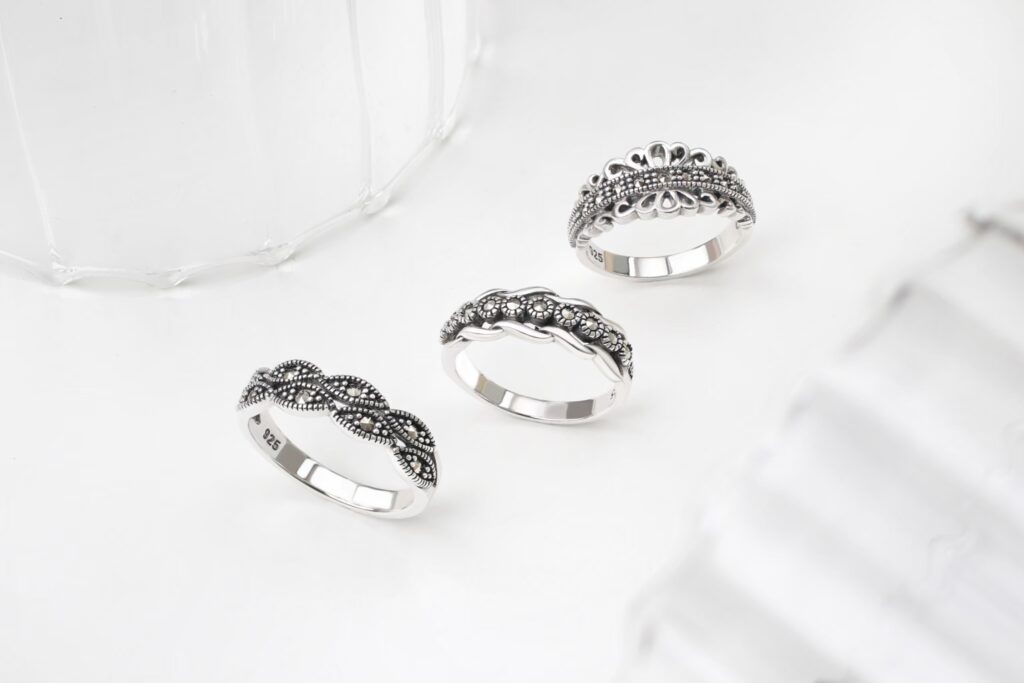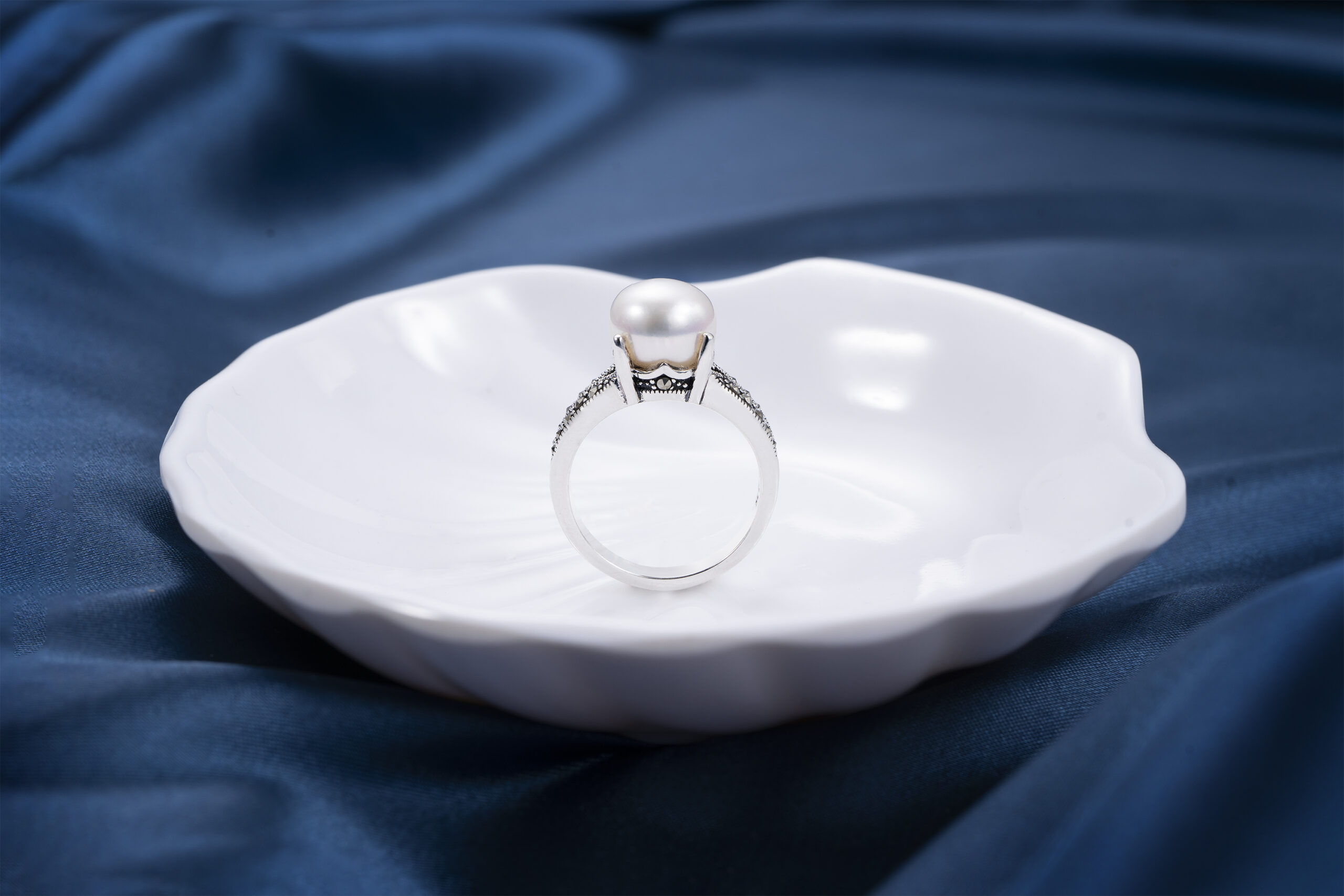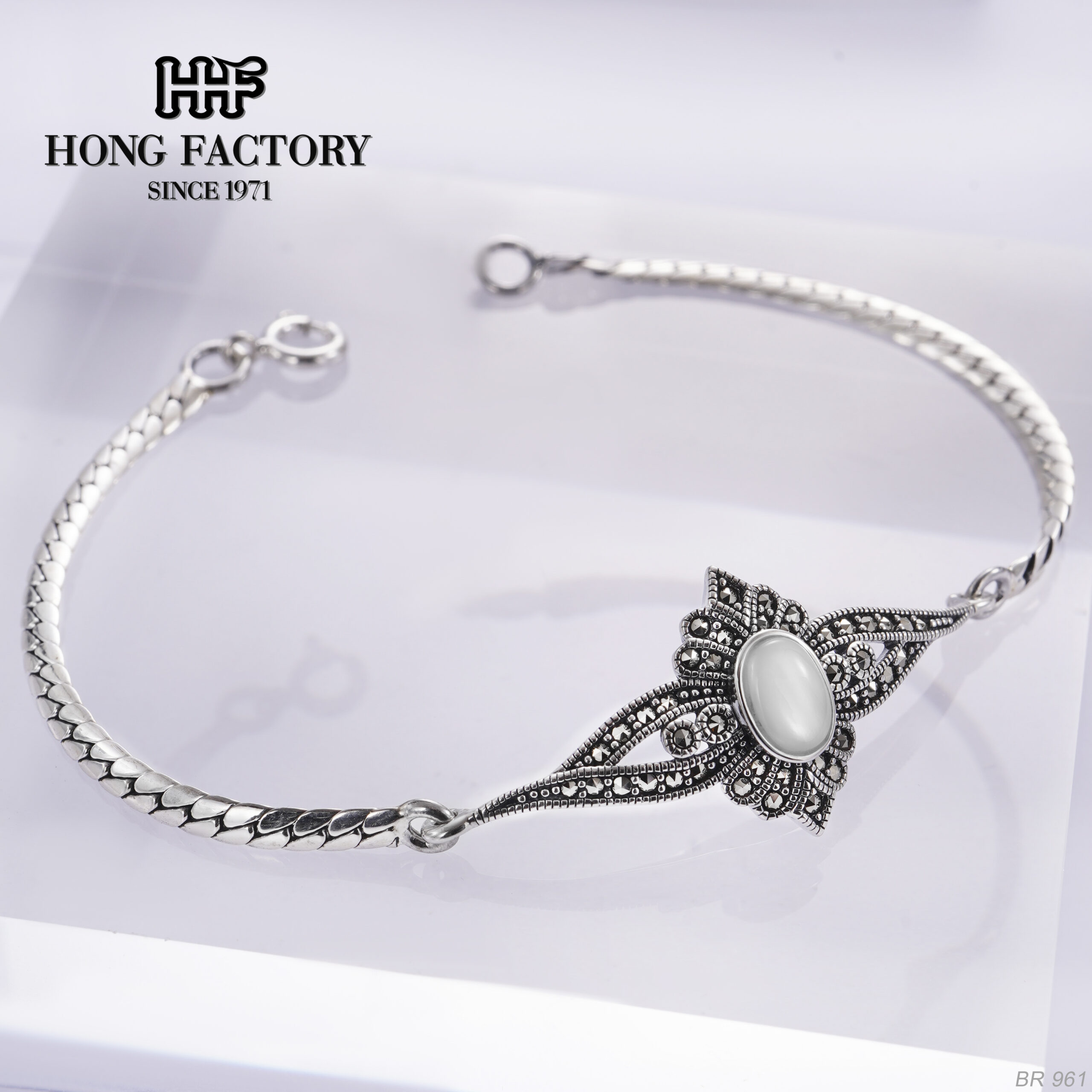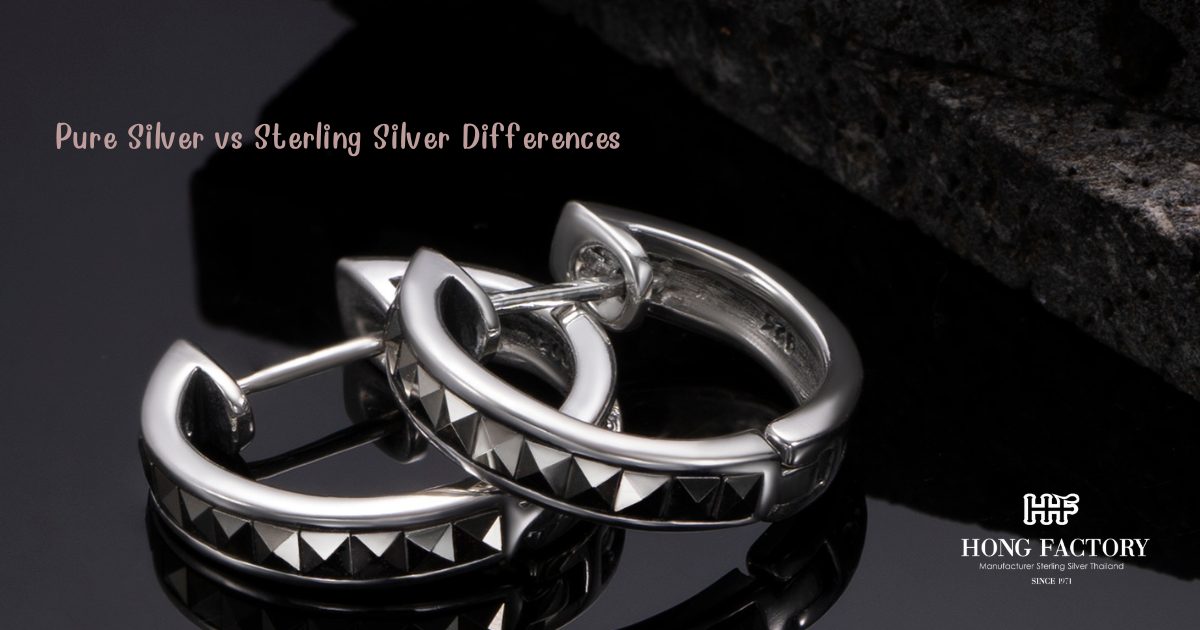Silver has always been admired for its beauty and versatility. However, not all silver jewelry is the same. The two most common forms are Pure silver and sterling silver, each with distinct properties, advantages,
and drawbacks. Understanding the differences between these two types of silver helps buyers make informed decisions when investing in jewelry or collectibles. This article explores their characteristics, uses, and what sets them apart. sterling silver meaning

What is Pure Silver?
Pure silver, also known as fine silver, consists of 99.9% silver and just 0.1% trace elements. Its qualities include:
- A natural, bright white shine
- Hypoallergenic properties, ideal for sensitive skin
- High malleability, allowing artisans to shape it easily
- Prestige as the purest form of silver available
While pure silver is visually stunning, its softness makes it less practical for everyday wear.
Pure Silver in Jewelry
Pure silver perception
When people hear Pure silver, they often assume it is the best option for all jewelry. While it certainly has value, pure silver is too soft for rings, bracelets, or other daily-use pieces. Instead, it is often used for:
- Coins and bullion for investment
- Decorative items like dishes and figurines
- Minimalist jewelry with limited wear
This is why sterling silver is generally preferred for long-lasting jewelry pieces.
What is Sterling Silver?
Sterling silver is an alloy made of 92.5% pure silver and 7.5% other metals, usually copper. This combination provides:
- Greater strength and durability compared to pure silver
- The ability to hold intricate designs without bending easily
- A bright, polished shine that resembles pure silver
- Practicality for daily wear and long-term use
Because of these features, sterling silver dominates the jewelry market.

Pure Silver vs Sterling Silver Key Differences
- Purity: Pure silver is 99.9% silver, while sterling silver is 92.5%.
- Durability: Sterling silver is stronger and better for everyday wear.
- Tarnish: Pure silver resists tarnish slightly more, but both need maintenance.
- Practicality: Sterling silver is ideal for daily jewelry, while pure silver is better for collectors or decorative purposes.
- Value: Pure silver has higher intrinsic purity, but sterling silver offers better functionality.
These differences explain why each form of silver is used in different ways.
Why Pure Silver is Valuable
Pure silver’s high purity ensures it retains significant intrinsic value. It is widely used in:
- Industrial applications, including electronics and solar technology
- Investment products such as coins and bars
- Artistic and collectible creations
For investors and collectors, pure silver remains highly desirable.
Why Sterling Silver is Popular
Sterling silver balances affordability, durability, and beauty. It is the preferred choice for:
- Rings, earrings, necklaces, and bracelets
- Jewelry requiring intricate detail and secure gemstone settings
- Fashion-conscious consumers seeking both elegance and practicality
This makes sterling silver the standard in jewelry manufacturing worldwide.

Care and Maintenance
Both pure silver and sterling silver need proper care to retain their brilliance:
- Store in anti-tarnish bags or cloths
- Clean with a soft polishing cloth
- Keep away from chemicals and moisture
While sterling silver may tarnish more quickly, it can easily be restored with proper maintenance.
Pros and Cons Summary
Pure Silver Pros:
- Highest level of purity
- Hypoallergenic
- High intrinsic value
- Excellent for collectors
Pure Silver Cons:
- Too soft for most jewelry
- Expensive compared to sterling silver
- Requires careful handling
Sterling Silver Pros:
- Strong and durable
- Perfect for daily wear
- Affordable luxury
- Versatile in design
Sterling Silver Cons:
- Slightly more prone to tarnish
- Lower purity than fine silver
When comparing Pure silver and sterling silver, the choice depends on purpose. Pure silver is prized for its purity and collectible value, while sterling silver shines in durability and practicality for everyday jewelry. Both hold unique importance in the world of precious metals, ensuring that silver remains a timeless and cherished material.
